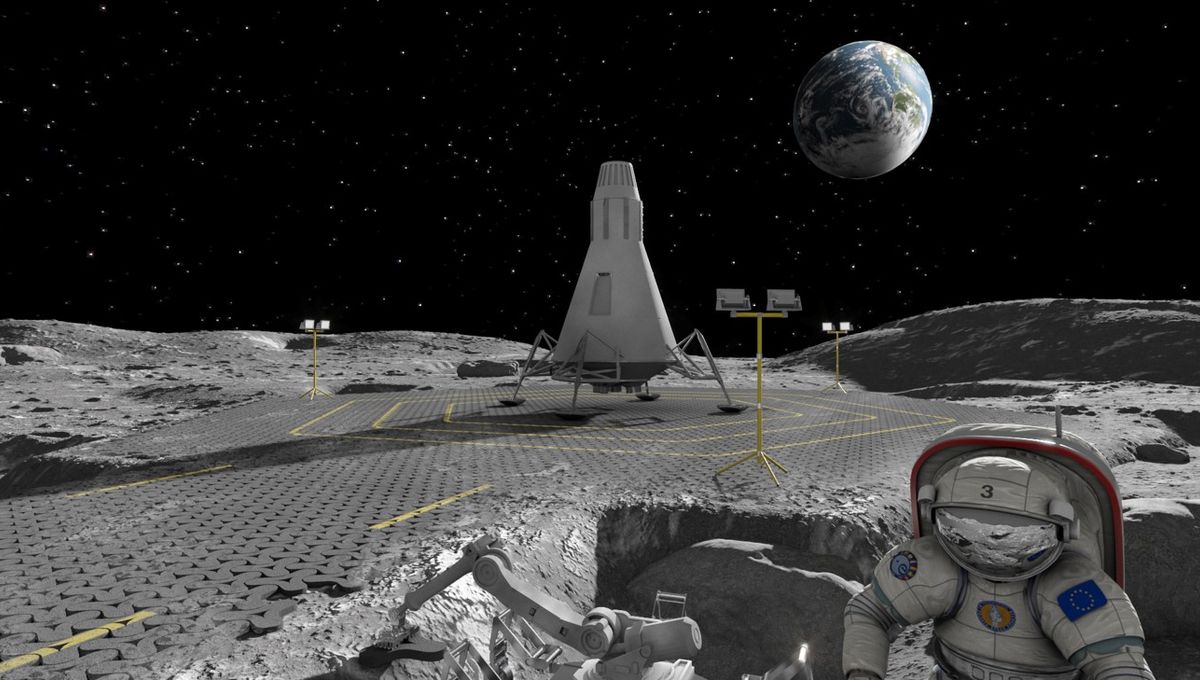Is OMAD the Ultimate Intermittent Fasting Diet?
OMAD, which stands for One Meal A Day, is not just another fad diet. It’s a time-restricted eating plan that harnesses the power of intermittent fasting. Advocates claim that it can lead to rapid weight loss, potential health improvements, and even slow down the aging process. But let’s not jump to conclusions just yet. As with any new diet, it’s important to approach the claims made by supporters with a pinch of salt (unless you’re on a salt-free diet).
There are various intermittent fasting diets out there, each recommending different fasting periods (usually between 12 and 24 hours) between meals. These diets generally advise against consuming any calories, whether through solid food or beverages. However, you are allowed to drink calorie-free fluids like coffee or water.
Among the popular intermittent fasting methods is the time-restricted diet, where you fast for at least 12 hours daily and eat only during the remaining hours. This is commonly known as the 16:8 method, involving a 16-hour fast followed by an 8-hour eating window.
Another approach is the 5:2 diet, where you eat normally throughout the week but restrict your calorie intake to about 500-600 calories on two non-consecutive days.
So what sets OMAD apart? Well, it’s a bit more stringent.
The Power of One Meal
The OMAD diet requires you to fast for 23 hours and consume your entire daily calorie intake within a single meal during that last hour. There are no restrictions on what you eat to reach your calorie goal, as long as you do it within the designated time frame. Throughout the day, you can drink calorie-free beverages like water, black tea, and coffee.
The only other rule is that you should have your meal at the same hour every day – consistency is key.
Like other intermittent fasting diets, the goal of OMAD is to induce a state of ketosis, where the body burns stored fat for energy instead of relying on glucose.
Does OMAD Really Work?
Well, the evidence is inconclusive. Current studies on the effectiveness of this diet are limited, with most focusing on animal subjects. The main study involving humans consisted of only 11 lean, young individuals who followed the diet for 11 days.
According to University of Sydney researcher Nick Fuller, who wrote an article for The Conversation, the OMAD diet relies heavily on research from other intermittent fasting methods rather than having its own substantial evidence. While intermittent fasting may aid in weight loss based on short-term studies, the evidence for long-term fasting is not promising.
Fuller also highlights the potential risks associated with the OMAD diet. The lack of guidance on balancing essential nutrients within a single meal can lead to nutritional deficiencies. Our daily food intake should include protein, wholegrain carbs, vegetables, fruits, and healthy fats to maintain proper functioning and prevent illness. Finding a single meal that fulfills these requirements is highly unlikely, putting individuals at risk of becoming unwell.
Moreover, such a strict fasting regimen may leave people feeling excessively hungry for extended periods, increasing the likelihood of making poor food choices when their eating window arrives.
Lastly, the sustainability of the OMAD diet is questionable. It’s not enjoyable or fun, making it unlikely to be a long-term solution. Quick-fix weight loss efforts often come with empty promises. In fact, as Fuller points out, once the body starts losing weight, it tends to enter a conservation stage where it fights to retain fat – a survival mechanism inherited from our hunter-gatherer ancestors who anticipated periods of scarcity.
As unexciting as it may sound, Fuller suggests that the best approach to weight loss is adopting a healthy lifestyle that includes regular exercise, sufficient sleep, and a well-balanced diet. These changes should be implemented gradually to ensure long-term sustainability.








